One recurring curiosity during the pandemic has been the extent to which banknotes are able to transmit coronavirus. Is money ‘dirty’? While opinions differ, what is certain is that tackling a different type of dirty money – money obtained illegally and not appropriately processed as per anti-money laundering (AML) regulations – has been rising up European and EU policymakers’ agenda. Dirty money, slithering its way across borders, is a real problem.
The European Commission is talking tough, championing the hashtag #StopDirtyMoneyEU as it hosted a half-day conference on AML.
Commissioner Valdis Dombrovskis set the scene via video-link – and also summarised the bloc’s statement of intent via tweet:
💰Dirty money should have nowhere to hide.
— Valdis Dombrovskis (@VDombrovskis) September 30, 2020
EU anti-money laundering rules are now among the world's toughest – but still not enforced equally across the board. We must do more to shut off remaining loopholes, remove weak links & coordinate better #StopDirtyMoneyEU https://t.co/dMmjHztSpM
As Dombrovskis, who already last year described the situation as “serious”, outlines, the EU wants to step up the AML fight – 30 years on from its first AML directive. The Danske Bank (Estonia branch) scandal is among the most notorious cases.
AML (which is often bundled together with a further three-letter acronym, CFT – Combating the Financing of Terrorism) is, of course, a global issue. US regulators issue the largest proportion of AML fines, but other regulators are getting more active, according to an analysis published in August by Duff & Phelps.
“US authorities have dominated the global AML landscape through the imposition of numerous huge fines for AML failings. But that has changed somewhat in recent years – US fine amounts have fallen while other jurisdictions, particularly in Europe, have imposed very large fines of their own,” explains Duff & Phelps’ head of UK regulatory consulting Nick Bayley.
“There are signs that several European regulators are really getting to grips with AML compliance,” Bayley tells #DisruptionBanking, looking at Europe through a country-specific lens. “This is demonstrated by substantial fines that have been imposed by Swedish, Italian, French and Luxembourg authorities in the past year or two.”
More than 20 ‘third countries’ seen to pose a ‘significant threat’ have been named by the Commission (triggering various critical analyses). The Commission in July last year identified 47 products and services – including professional football – as “potentially vulnerable to money laundering or terrorist financing risks” (the number was 40 in 2017).
Momentum has built for better, stronger – and better co-ordinated (a recurring theme) – counter-measures. Finance ministers from six member states – Germany, France, Italy, Spain, the Netherlands and Dombrovskis’s native land Latvia – almost a year ago put forward a joint position paper proposing a new EU ‘supervisory function’ and harmonised regulatory framework.
This May, the Commission adopted an action plan – a smorgasbord of proposed activity built on six pillars, including: the effective implementation of the EU’s existing AML/CFT framework; establishing an EU single rulebook on AML/CFT; and establishing a ‘support and co-operation mechanism’ for Financial Intelligence Units (FIUs). Further specifics ranged from whistle-blower protection to amendments to the EU’s Fifth Capital Requirements Directive (CRDV).
One possibility with manifest appeal is the creation of an entirely new agency tasked with overseeing AML across the EU (it’s interesting to note the response of the European Banking Authority – whose AML/CFT outputs are here – to the Commission’s action plan).
Nicolas Véron, a senior fellow at both Brussels think-tank Bruegel and the Peterson Institute for International Economics in Washington DC, is a long-time scrutineer of the EU’s actions on AML. He has published, alongside illicit finance expert Joshua Kirschenbaum, a series of analyses, most recently in January.
Speaking to #DisruptionBanking from Washington, Véron says: “The key question is what kind of direct powers any new central authority will have, for example, whether it has the ability to impose financial penalties.”
By its very nature, money laundering is not just challenging territory for regulators (for obvious reasons) – but also highly fluid. “AML is always shifting ground as money launderers – of which there are many – are very agile. It’s a ‘whack-a-mole’ situation’. There’s always a weak link,” says Véron.
Then there’s politics to contend with. Although AML has not had prominence in the context of the UK’s withdrawal from the EU, Brexit does extract from the bloc a country with a rather grimy reputation. “You could make a case that Brexit is making the AML task of the EU marginally easier, as the UK – which has been described as Europe’s AML capital – is becoming a ‘third country’, so outside the EU single market,” reflects Véron.
For the EU27, one media report three weeks ago said that member states were readying themselves to give their approval for the proposed EU AML agency through the European Council:
EXCLUSIVE: A proposed, EU-wide AML agency that many hope will improve the fight against financial crime, especially across borders, will very likely materialize after the bloc’s 27 nations gave initial support in a confidential resolution.
— ACAMS ml.com (@ACAMS_ml_com) October 7, 2020
Find out more: https://t.co/o1JMX2N73U
“The European Council works in parallel with the Commission and tries to frame the agenda,” says Véron. “There’s also a risk of AML falling down the queue of priorities because it’s not directly related to the overarching urgency of the year, namely COVID-19.”
MEPs are becoming noisier, lining up during a parliamentary debate a couple of weeks ago to call for more to be done.
A new authority would be totemic of a tougher and better co-ordinated EU approach. But the rest of the Commission’s action plan will take time and resource, too.
The EU’s Sixth Money Laundering Directive comes into effect for member states on 3 December. Then all eyes are on the first quarter of 2021 when the Commission plans to present a package of legal proposals:
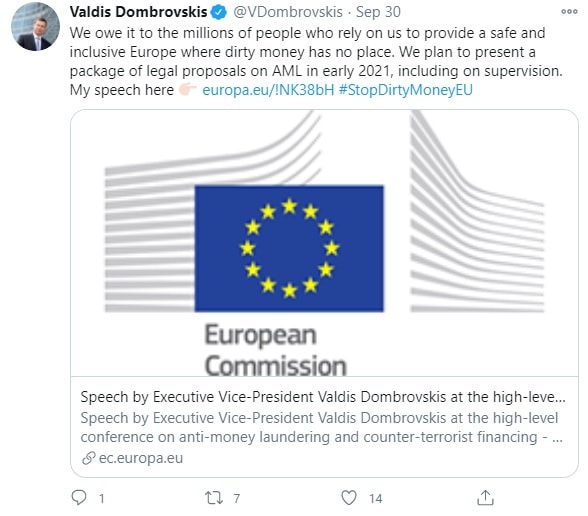
After that, the EU’s law-making laundromat will enter its spin cycle. #StopDirtyMoneyEU will be needed as a slogan for some years yet.
Author: Ian Hall
#AML #Compliance #Regulatory #CFT #StopDirtyMoneyEU #CRDV #FIU




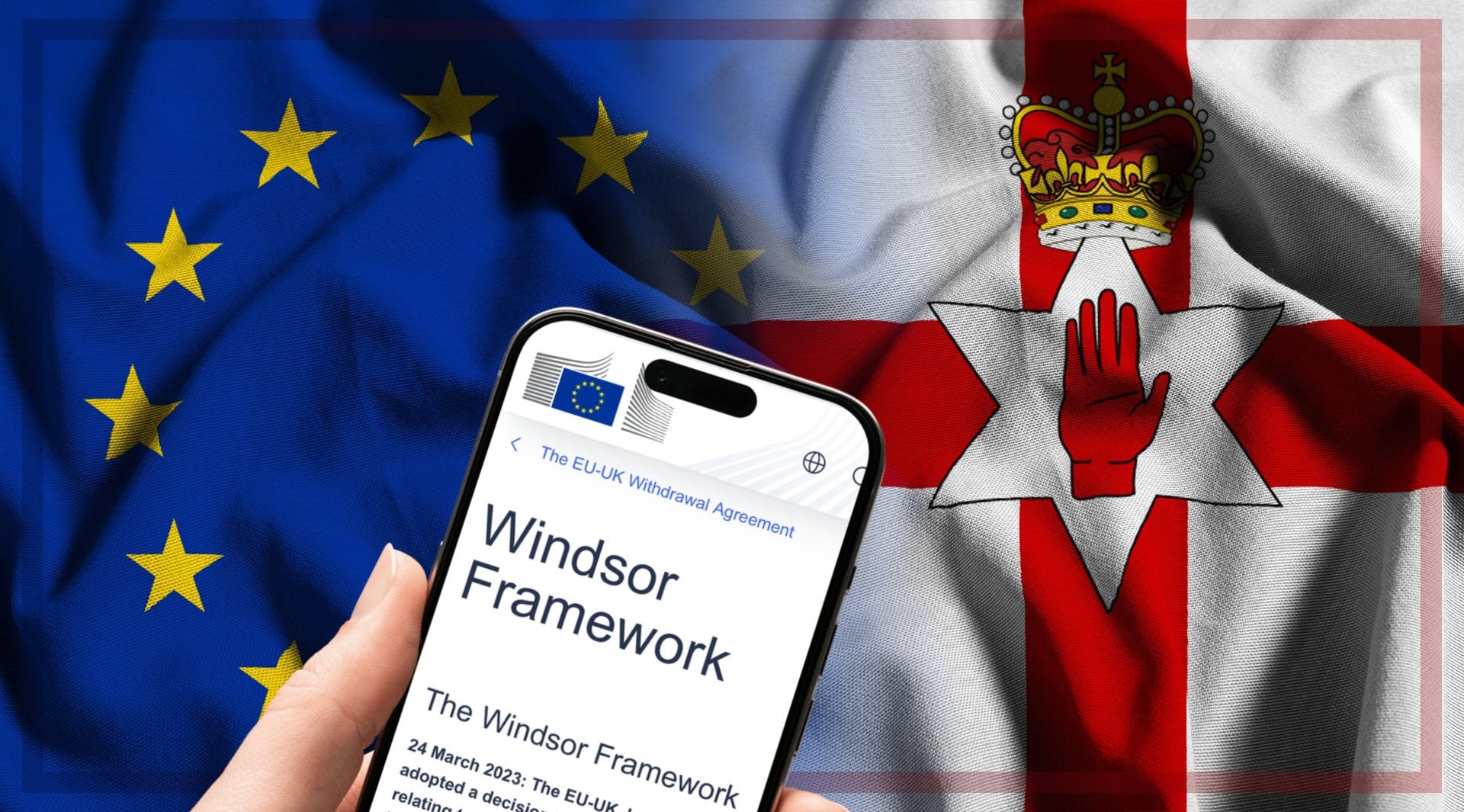

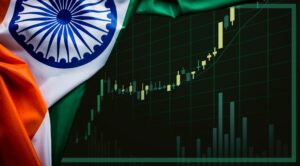



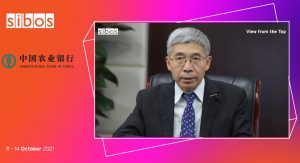

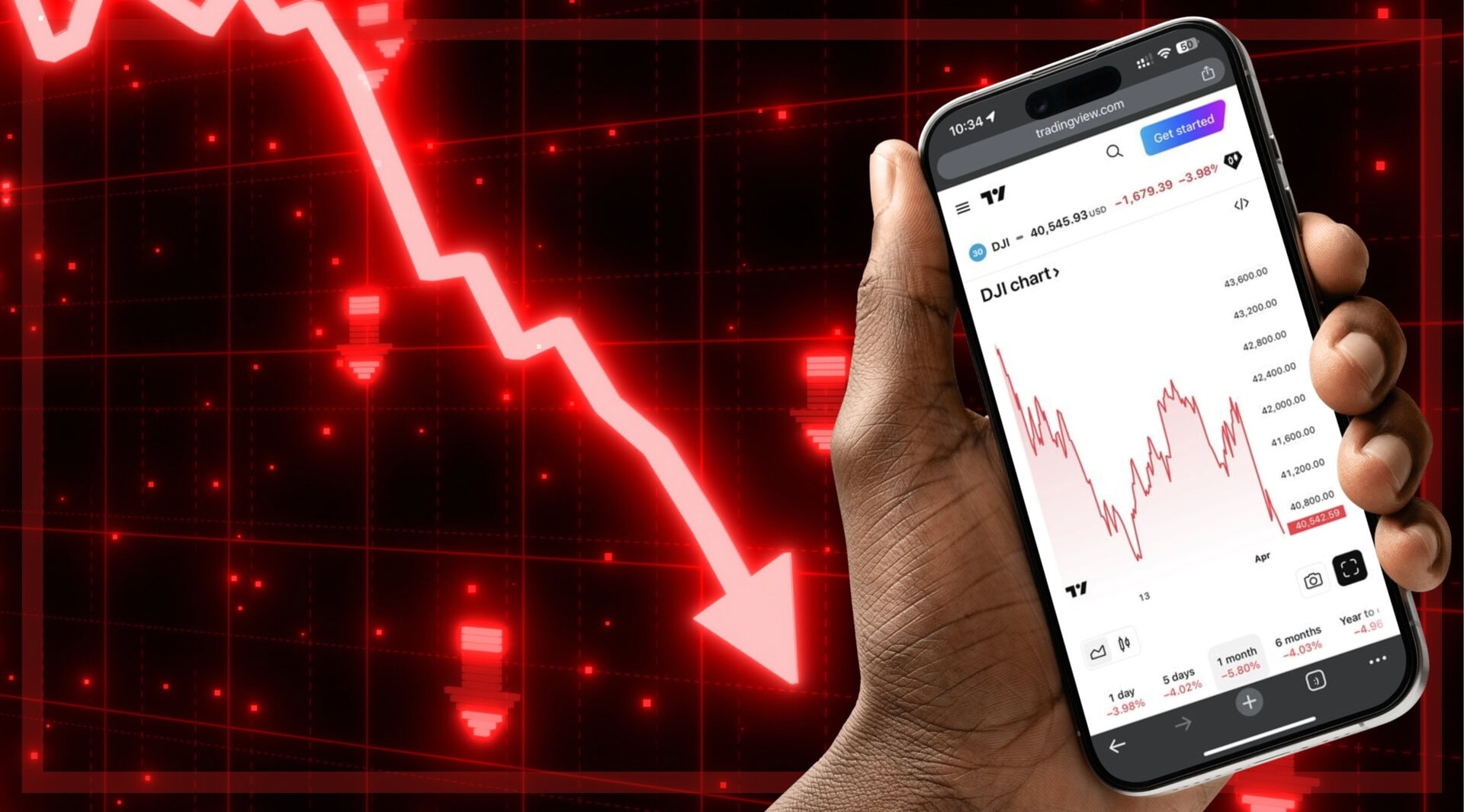


One Response